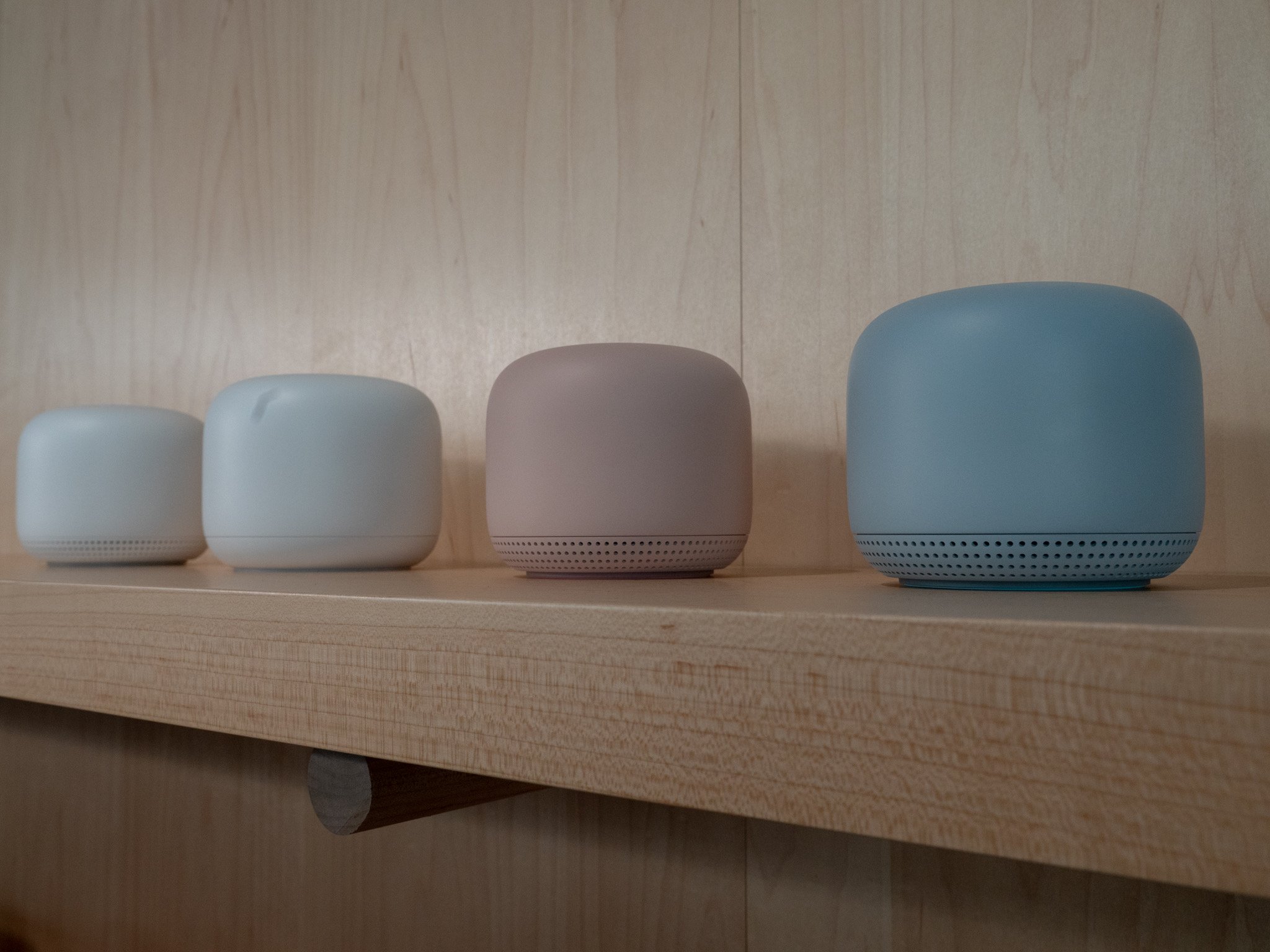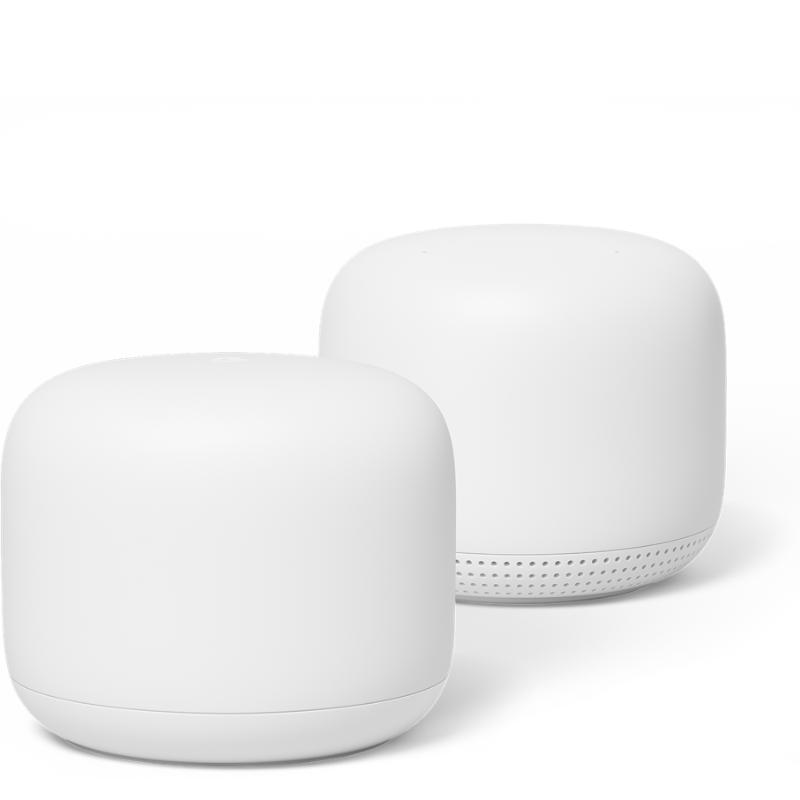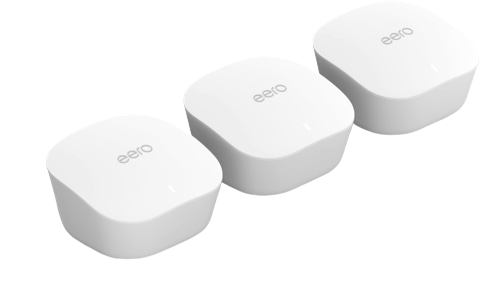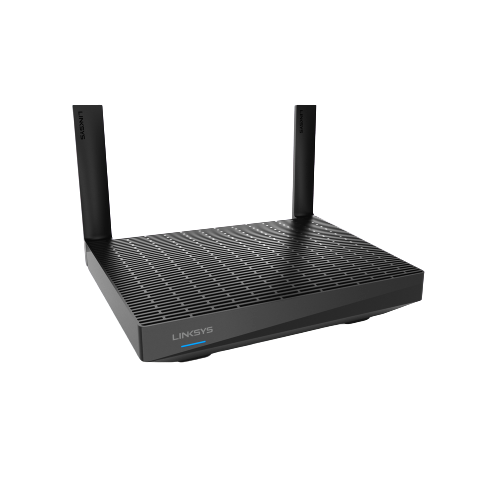Router or Mesh networking — which is best for your house?
If your Wi-Fi at home is busted or you want to make a change, which should you buy?
Mesh Wi-Fi networks are the new thing, and that's great because mesh networks can put fast Wi-Fi where you need it without getting complicated. There are some great products available that are easy to set up and keep running, including Nest Wifi and an Eero system. Setting up your own mesh Wi-Fi network is simple, thanks to consumer gear that does the hard work for you.
However, "regular" Wi-Fi routers and access points are getting better, too. Faster speeds and more extended range are more than buzzwords when it comes to buying the latest Wi-Fi router, and you'll often find advanced tools that a simple mesh system can't offer.
That leads to the obvious question — should anyone switch to a mesh-based Wi-Fi network in their house? Like most things, the answer isn't a simple yes or no. There are a couple of things you should consider before you dust off your credit card.
More: Google Wifi vs. Orbi vs. Eero vs. Amplifi: Which mesh system should you buy?
Do you need to upgrade your Wi-Fi network?
This is the first thing you should ask yourself. Ideally, a Wi-Fi network is something you should set up once and then never have to think about it until it's time to replace it. When properly planned, a Wi-Fi router or mesh client device should run unattended for several years — at least until it's time to upgrade to a newer wireless standard for increased speeds and bandwidth.
Ideally, a Wi-Fi network is something you should set up once and then never have to think about it until it's time to replace it.
Of course, that's often not the case, and many of us know our router needs that weekly reboot or things start misbehaving. Even worse, maybe we aren't particularly savvy when it comes to network issues and gear and have to call your internet service provider for help. Waiting for a technician to arrive sometime between 8 a.m. and 5 p.m. is never fun.
Wi-Fi 6 is the newest wireless networking technology to work its way onto the front of router boxes, and for many people, it's a great option. Also called 802.11ax, Wi-Fi 6 is the followup to 802.11ac, and it brings with it some speed and coverage improvements. While pretty much anyone can upgrade now and get great speeds with backward compatibility, many people still don't have Wi-Fi 6 devices yet, so they won't get the most out of a Wi-Fi 6 setup.
Still, if you want your router to last for several years without an upgrade, jumping up to Wi-Fi 6 now is a good move.
Are you just trying to fix a dead spot?
This is a pretty common issue. You have great Wi-Fi in the kitchen or living room, but when you go downstairs, or to the bedroom, the connection quality drops. If everything is working well in parts of your home that are close to the router or that aren't blocked by things not Wi-Fi friendly — the walls of your bathroom are notorious Wi-Fi signal blockers because of the special drywall used and all the copper pipes inside them — you could be the perfect candidate for a wireless repeater instead of setting up a whole new network.
A Wi-Fi Extender is a cheap way to fix a single dead spot in your Wi-Fi coverage, but there are drawbacks.
Also known as Wi-Fi extenders, wireless repeaters do precisely what their name implies — they take your existing Wi-Fi signal and repeat the signal to extend its range. Usually very easy to set up using a network cable or an online settings page, Wi-Fi Extenders are also compact and only need a power connection. One thing to be aware of is that you usually can't connect a consumer-grade Wi-Fi extender to an existing extender, so daisy-chaining them to reach your garage or the neighbor's house isn't very practical.
You also will have a new network name (known as an SSID) to use when connecting to the extender instead of the router itself. This can be a bit of a pain if you move in and out of a room that needs an extender very often. Quality Wi-Fi Extenders run between $30 and $150 depending on the network type, so if you need multiple fast 802.11ac extenders, it might be more practical to set up a mesh network.
Another quirk of using a network extender is that they often cut the available bandwidth in half. This means your Wi-Fi network can only run at 50% speed whenever you're connected through the extender (not your internet speeds, which are usually much slower than your actual Wi-Fi network). While you might never notice it, it still will have an effect whenever you're trying to send or receive a lot of information, like watching an HD movie or transferring large files from one device to another.
These drawbacks aside, a simple Wi-Fi Extender is an easy way to fix a single dead spot and a great idea if the rest of your Wi-Fi network is working well. If you're in the market for one, we can recommend one of Netgear's extenders that plugs directly into a wall socket for home use.
A hybrid
Some routers can even be configured into a mesh with software. This is the case with the AiMesh software built into newer ASUS routers. With this software, you'll be able to throw another ASUS router or on the network and use it as a mesh point. The setup is a bit more complicated, but you'll get to keep the benefits of a full router while enabling mesh-like improvement.
This capability is being rolled into other routers as well, such as a couple of Linksys models like the MR7350 which manages to maintain compatibility with all of Linksys' Velop mesh products.
When to choose a mesh network
If you've decided you need to get rid of the gear you have and set up a new network or are setting things up in a new place, the choice between a mesh network and a traditional linear router-based network comes down to one thing — money.
A standard Wi-Fi router will still work for many homes and, in general, will be cheaper than a mesh system with comparable speeds. One of the biggest contributors to a mesh system's higher price is simply that they have multiple routers. Meshes systems also tend to be delivered more as a service with automatic software updates, monitoring, and even add-on security services like Linksys Aware or Netgear Armor.
If you need anything more robust than a simple router solution, mesh networking makes a lot of sense.
Mesh systems have been growing in popularity, and manufacturers have been quick to add more options. Wi-Fi 6 mesh systems with incredible speeds are now widely available. Whether you want to start with a mesh router under $100 like an eero or go all-in on crazy Wi-Fi 6 speeds with a router like the top-spec Orbi, there are a ton of mesh options available.
The only case I would hesitate to use a wireless mesh network in favor of a linear router-based setup would be if you have equipment that requires a physical wired network connection. Even then, the addition of a simple switch could be added to a mesh network. If you have those sorts of networking needs, you're probably not looking for basic networking advice, and you understand exactly what we're talking about here.
For the rest of us, mesh Wi-Fi is exactly what we're looking for
Two of the biggest drawbacks to wireless mesh networking are no longer an issue when using a consumer mesh setup like Nest Wifi — needing an advanced networking education to set things up and maintain them, and a pocket full of money.
Consumer mesh products tackle the biggest problems with home networking — administration and cost.
A wireless mesh network is designed to handle high volumes of traffic in a big area with no downtime due to equipment failures. You'll find the right set of products to work in your home for about $250, and most brands use a simple Android or iOS app to set things up. New stations are easy to add using the same app, and all traffic shaping and route handling are automatic, so you'll have no need for QoS scheduling when you want to play Call of Duty without lag glitching or when you want to work while the kids are watching Netflix.
Mesh routers are small, don't look like leftover robot parts, and everything you need to connect to your modem is in the package. And anytime you need to expand your network, adding a station only makes the rest of the network better by offering another node to handle traffic from all points.
The easy administration and relatively low cost make adding a mesh network to your home (or place of business, where it can be even more important) something any of us can do. Whether you're upgrading your existing equipment or building a network in your new house, there are very few reasons not to make the switch.
Nest with Google
Nest Wifi router and point
$269 at Dell $269 at Best Buy $269 at Walmart
An easy mesh with the speed to back it up
Nest Wifi has fast AC2200 speeds, reliable coverage, and plenty of expansion options, including the Nest Wifi point and Google Wifi.
Small and simple
Eero
$249 at Amazon $250 at Best Buy
Simple and even nice to look at
Eero is one of the easiest ways to build a mesh network. With speeds good enough for most people, it's a great starter mesh.
Gaming with mesh
Netgear Nighthawk XRM570
$400 at Dell $400 at Walmart $400 at B&H
A gaming router with mesh Wi-Fi
The Nighthawk XRM570 is the best of both worlds with a gaming router plus the coverage that comes with a mesh expansion.
Blurring the lines
Linksys MAX-STREAM MR7350
$150 at Amazon $150 at Best Buy
A Wi-Fi 6 router with easy mesh expansion
Linksys brings Velop mesh compatibility to it's Wi-Fi 6 routers with the MR7350. You get great Wi-Fi 6 speeds and easy expansion.
Updated July 2020: This article has been updated to include the newest products and tech in networking.
from Android Central - Android Forums, News, Reviews, Help and Android Wallpapers https://ift.tt/2rWwBMw
via IFTTT








Aucun commentaire: